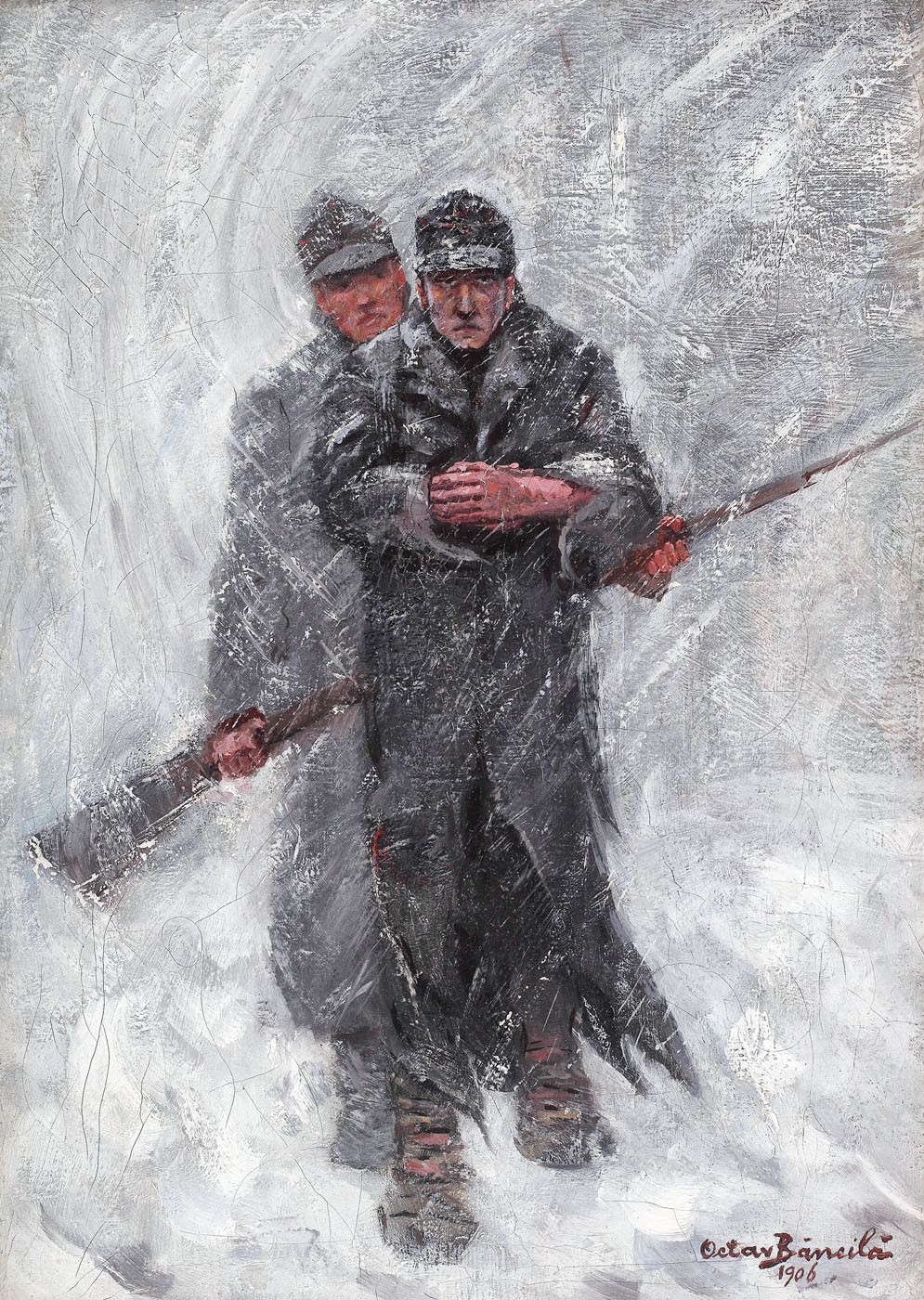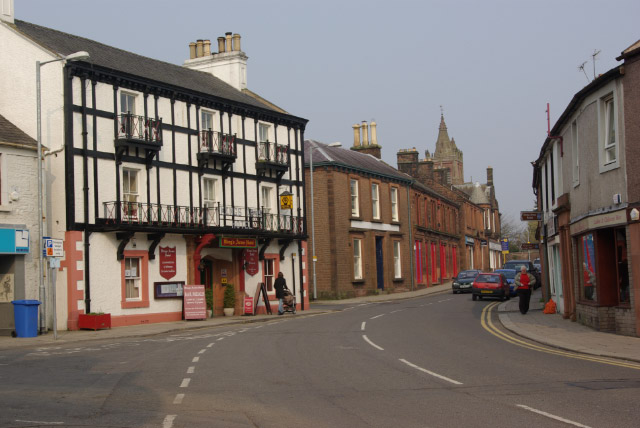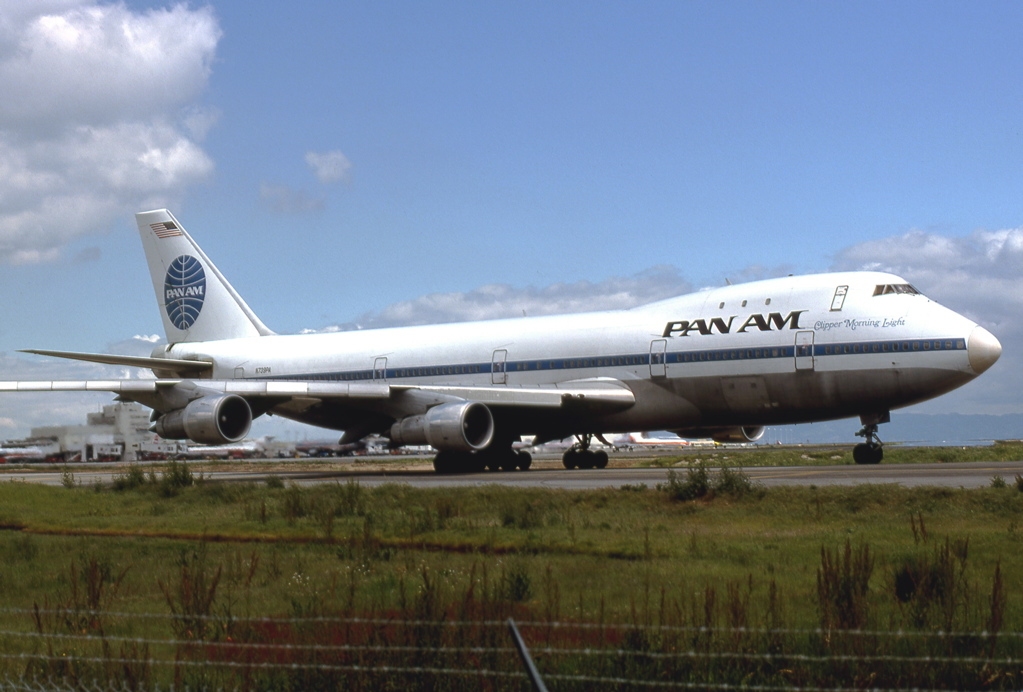|
Belgian Refugees In The Netherlands During World War I
During the First World War between 1914 and 1918, approximately one million Belgians fled across the border to the Netherlands. These refugees were both civilians who were afraid of the war and the alleged atrocities of the Germans, and soldiers who either deserted or were cut off from their army unit. German advance Officially Belgium, like the Netherlands, was a neutral country during the war. By 1904 the news had already leaked out that the Germans had a plan to march through Belgium to reach France. Precautionary measures were taken against this, including the introduction of conscription. On 4 August 1914 Germany invaded Belgium without a formal declaration of war. Immediately after the invasion a stream of refugees began to head for the Netherlands. On the first day alone 52 Belgian soldiers entered the Netherlands. When, on 10 October 1914, the city of Antwerp fell to the advancing German army, an estimated 40,000 soldiers and 1 million private citizens fled to the Net ... [...More Info...] [...Related Items...] OR: [Wikipedia] [Google] [Baidu] |
Barracks
Barracks are usually a group of long buildings built to house military personnel or laborers. The English word originates from the 17th century via French and Italian from an old Spanish word "barraca" ("soldier's tent"), but today barracks are usually permanent buildings for military accommodation. The word may apply to separate housing blocks or to complete complexes, and the plural form often refers to a single structure and may be singular in construction. The main object of barracks is to separate soldiers from the civilian population and reinforce discipline, training, and ''esprit de corps''. They have been called "discipline factories for soldiers". Like industrial factories, some are considered to be shoddy or dull buildings, although others are known for their magnificent architecture such as Collins Barracks in Dublin and others in Paris, Berlin, Madrid, Vienna, or London. From the rough barracks of 19th-century conscript armies, filled with hazing and illness and bare ... [...More Info...] [...Related Items...] OR: [Wikipedia] [Google] [Baidu] |
Desertion
Desertion is the abandonment of a military duty or post without permission (a pass, liberty or leave) and is done with the intention of not returning. This contrasts with unauthorized absence (UA) or absence without leave (AWOL ), which are temporary forms of absence. Desertion versus absence without leave In the United States Army, United States Air Force, British Armed Forces, Australian Defence Force, New Zealand Defence Force, Singapore Armed Forces and Canadian Armed Forces, military personnel will become AWOL if absent from their post without a valid pass, liberty or leave. The United States Marine Corps, United States Navy, and United States Coast Guard generally refer to this as unauthorized absence. Personnel are dropped from their unit rolls after thirty days and then listed as ''deserters''; however, as a matter of U.S. military law, desertion is not measured by time away from the unit, but rather: * by leaving or remaining absent from their unit, organizati ... [...More Info...] [...Related Items...] OR: [Wikipedia] [Google] [Baidu] |
Lockerbie
Lockerbie (, gd, Locarbaidh) is a small town in Dumfries and Galloway, south-western Scotland. It is about from Glasgow, and from the border with England. The United Kingdom Census 2001, 2001 Census recorded its population as 4,009. The town came to international attention in December 1988 when the wreckage of Pan Am Flight 103 crashed there following a terrorism, terrorist bomb attack aboard the flight. Prehistory and archaeology In 2006, ahead of the construction of a new primary and secondary school archaeologists from CFA Archaeology under took excavations. They discovered the remains of a large (27 x 8m) Neolithic British Isles, Neolithic timber hall that dated to somewhere between 3950 BC to 3700 BC. The archaeologists found it was in use for some time as some of the posts had been replaced. Flax seeds were found in the timber hall showing the people were processing flax. This is an extremely rare find with only one other site in Scotland showing evidence of flax produc ... [...More Info...] [...Related Items...] OR: [Wikipedia] [Google] [Baidu] |
Pan Am Flight 103
Pan Am Flight 103 was a regularly scheduled Pan Am transatlantic flight from Frankfurt to Detroit via a stopover in London and another in New York City. The transatlantic leg of the route was operated by ''Clipper Maid of the Seas'', a Boeing 747-121 registered N739PA. Shortly after 19:00 on 21 December 1988, while the aircraft was in flight over the Scottish town of Lockerbie, it was destroyed by a bomb that had been planted on board, killing all 243 passengers and 16 crew in what became known as the Lockerbie bombing. Large sections of the aircraft crashed in a residential street in Lockerbie, killing 11 residents. With a total of 270 fatalities, it is the deadliest terrorist attack in the history of the United Kingdom, as well as its deadliest aviation disaster. Following a three-year joint investigation by Dumfries and Galloway Constabulary and the US Federal Bureau of Investigation (FBI), arrest warrants were issued for two Libyan nationals in November 1991. In 1999, Lib ... [...More Info...] [...Related Items...] OR: [Wikipedia] [Google] [Baidu] |
Scottish Court In The Netherlands
The Scottish court in the Netherlands was a special sitting of the High Court of Justiciary set up under Scots law in a former United States Air Force base, Camp Zeist in Utrecht, in the Netherlands, for the trial of two Libyans charged with 270 counts of murder in connection with the bombing of Pan Am Flight 103 over Lockerbie, Scotland, on 21 December 1988. A school on the former base was converted into a judicial court for the trial. Neutral country The court was established in a neutral country as part of a deal between Colonel Muammar Gaddafi of Libya and the British government, before Gaddafi would allow the extradition of the two accused. Special jurisdiction on territory Under a bilateral treaty between the United Kingdom and the Kingdom of the Netherlands, the premises of the court were, for the duration of the trial and any subsequent appeal, under the authority and control of the court. Since the arrangement had been called for by United Nations Security Council Reso ... [...More Info...] [...Related Items...] OR: [Wikipedia] [Google] [Baidu] |
Internment Camp
Internment is the imprisonment of people, commonly in large groups, without charges or intent to file charges. The term is especially used for the confinement "of enemy citizens in wartime or of terrorism suspects". Thus, while it can simply mean imprisonment, it tends to refer to preventive confinement rather than confinement ''after'' having been convicted of some crime. Use of these terms is subject to debate and political sensitivities. The word ''internment'' is also occasionally used to describe a neutral country's practice of detaining belligerent armed forces and equipment on its territory during times of war, under the Hague Convention of 1907. Interned persons may be held in prisons or in facilities known as internment camps (also known as concentration camps). The term ''concentration camp'' originates from the Spanish–Cuban Ten Years' War when Spanish forces detained Cuban civilians in camps in order to more easily combat guerrilla forces. Over the following dec ... [...More Info...] [...Related Items...] OR: [Wikipedia] [Google] [Baidu] |
Camp Zeist, Netherlands
The Scottish court in the Netherlands was a special sitting of the High Court of Justiciary set up under Scots law in a former United States Air Force base, Camp Zeist in Utrecht, in the Netherlands, for the trial of two Libyans charged with 270 counts of murder in connection with the bombing of Pan Am Flight 103 over Lockerbie, Scotland, on 21 December 1988. A school on the former base was converted into a judicial court for the trial. Neutral country The court was established in a neutral country as part of a deal between Colonel Muammar Gaddafi of Libya and the British government, before Gaddafi would allow the extradition of the two accused. Special jurisdiction on territory Under a bilateral treaty between the United Kingdom and the Kingdom of the Netherlands, the premises of the court were, for the duration of the trial and any subsequent appeal, under the authority and control of the court. Since the arrangement had been called for by United Nations Security Council Resol ... [...More Info...] [...Related Items...] OR: [Wikipedia] [Google] [Baidu] |
Royal Naval Division
The 63rd (Royal Naval) Division was a United Kingdom infantry division of the First World War. It was originally formed as the Royal Naval Division at the outbreak of the war, from Royal Navy and Royal Marine reservists and volunteers, who were not needed for service at sea. For RN personnel, the designation HMS ''Victory IV'' was used. The division fought at Antwerp in 1914 and at Gallipoli in 1915. In 1916, following many losses among the original naval volunteers, the division was transferred to the British Army as the 63rd (Royal Naval) Division, re-using the number from the disbanded second-line 63rd (2nd Northumbrian) Division Territorial Force. As an Army formation, it fought on the Western Front for the remainder of the war. Origins Advanced Base Force When the war began, a Marine Brigade of four infantry battalions was formed from men of the Royal Marine Light Infantry and Royal Marine Artillery. The brigade was to be an Advanced Base Force, according to a pre-war ... [...More Info...] [...Related Items...] OR: [Wikipedia] [Google] [Baidu] |
Kamp (Bergen)
Kamp or KAMP may refer to: __NOTOC__ Geography * Kamp (river), Austria * Kamp (Bad Doberan), a park in the German town of Bad Doberan * Kamp, a district of the German municipality Kamp-Bornhofen * Kamp, a district of the German municipality Kamp-Lintfort * Kamp Mound Site, Illinois, United States American radio stations * KAMP-LP, a low-power radio station licensed to St. Michael, Alaska * KAMP (University of Arizona), a student-run radio station in Tucson, Arizona * KNX-FM, a radio station licensed to Los Angeles, California, formerly KAMP (2009) and KAMP-FM (2009–2021) * KAMP (AM), a sports radio station licensed to Aurora, Colorado, and serving the Denver metropolitan area Other uses * Kamp (surname) * Hotel Kämp, Helsinki, Finland * Kamp Store, Kampsville, Illinois, United States, on the National Register of Historic Places * Kutaisi Auto Mechanical Plant The Kutaisi Auto Mechanical Plant (KAMP) ( ka, ქუთაისის ავტომექანიკური � ... [...More Info...] [...Related Items...] OR: [Wikipedia] [Google] [Baidu] |
Oldebroek
Oldebroek () is a municipality and a town in the province of Gelderland. The municipality had a population of in . Population centres Topography ''Dutch Topographic map of the municipality of Oldebroek, June 2015'' Sport Oldebroek has been host to the Dutch Sidecarcross Grand Prix a number times The John Davy Pages, accessed: 2 November 2009 
Notable people * (1868–1913), sport shooter who competed at the |
Harderwijk
Harderwijk (; Dutch Low Saxon: ) is a municipality and city of the Netherlands. It is served by the Harderwijk railway station. Its population centres are Harderwijk and Hierden. Harderwijk is on the western boundary of the Veluwe. The southeastern half of the municipality is largely forests. History Harderwijk received city rights from Count Otto II of Guelders in 1231. A defensive wall surrounding the city was completed by the end of that century. The oldest part of the city is near where the streets Hoogstraat and Grote Poortstraat now are. Around 1315 the city was expanded southwards, which included the construction of what is now called the Grote Kerk (Great Church). A second, northward expansion took place around 1425. Particularly along the west side of town, much of the wall still exists but often not in entirely original form. That also goes for the only remaining city gate, the Vischpoort (Fish Gate). Between 1648 and 1811, the University of Harderwijk operated in ... [...More Info...] [...Related Items...] OR: [Wikipedia] [Google] [Baidu] |







